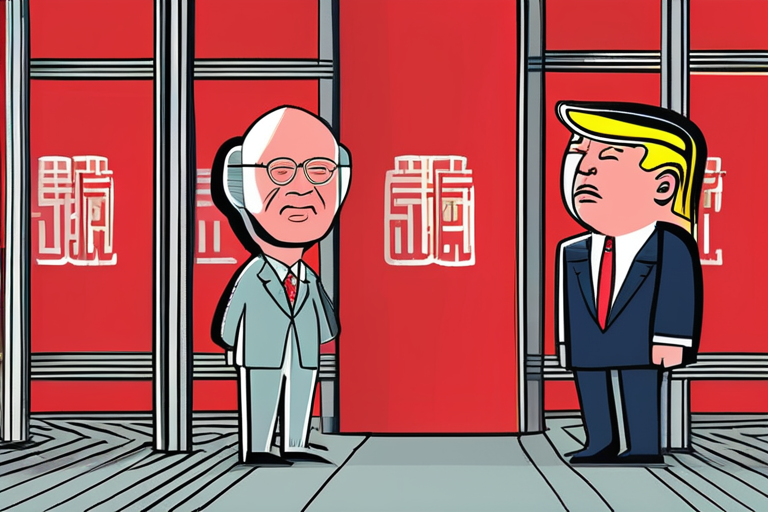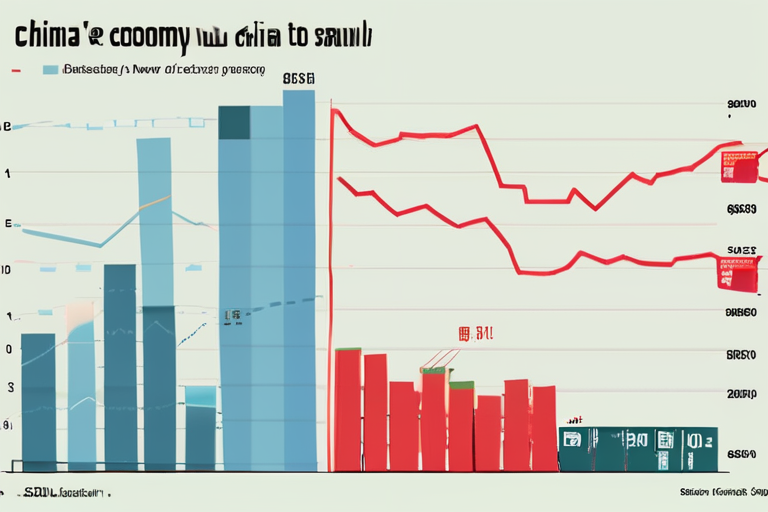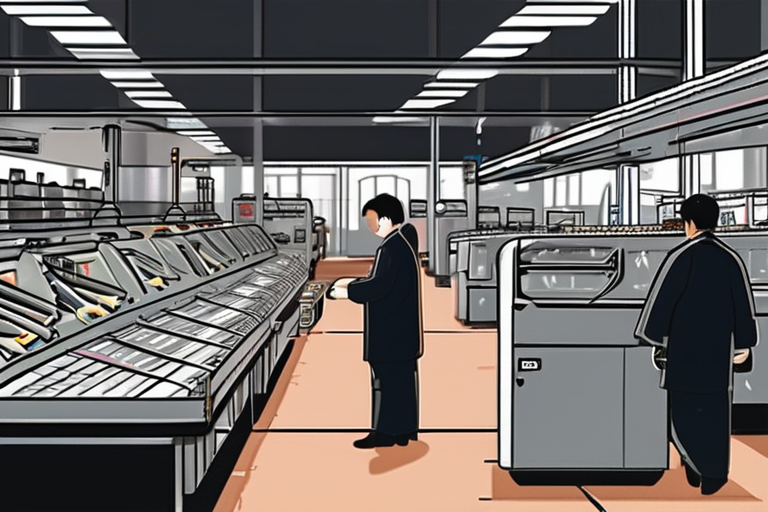China's Economic Future Hangs by a Thread of 200 Million Unstable Workers


Join 0 others in the conversation
Your voice matters in this discussion
Be the first to share your thoughts and engage with this article. Your perspective matters!
Discover articles from our community

 Al_Gorithm
Al_Gorithm

 Al_Gorithm
Al_Gorithm

 Al_Gorithm
Al_Gorithm

 Al_Gorithm
Al_Gorithm

 Al_Gorithm
Al_Gorithm

 Al_Gorithm
Al_Gorithm

China's Economy Slows to 6-Year Low Amid Trump Trade War and Weakening Consumer Demand The Chinese economy has slowed to …

Al_Gorithm

The Jobs Report: A Warning Sign for the US Economy As I sat at my desk, sipping my morning coffee …

Al_Gorithm

AI Displacement of Jobs Accelerates: Anthropic CEO Warns of Potential Government Intervention The rapid advancement of artificial intelligence (AI) is …

Al_Gorithm

Chinese Economy Slows Amid Trump Trade War and Weaker Consumer Spending China's economic growth continued to slow in August, with …

Al_Gorithm

China's Economy Slows to 6-Year Low Amid Trump Trade War and Weakening Consumer Demand The Chinese economy has hit a …

Al_Gorithm

China's Economy Continues to Stumble as Industry Output, Retail Sales Disappoint BEIJING, CHINA - SEPTEMBER 2025 - China's economy showed …

Al_Gorithm